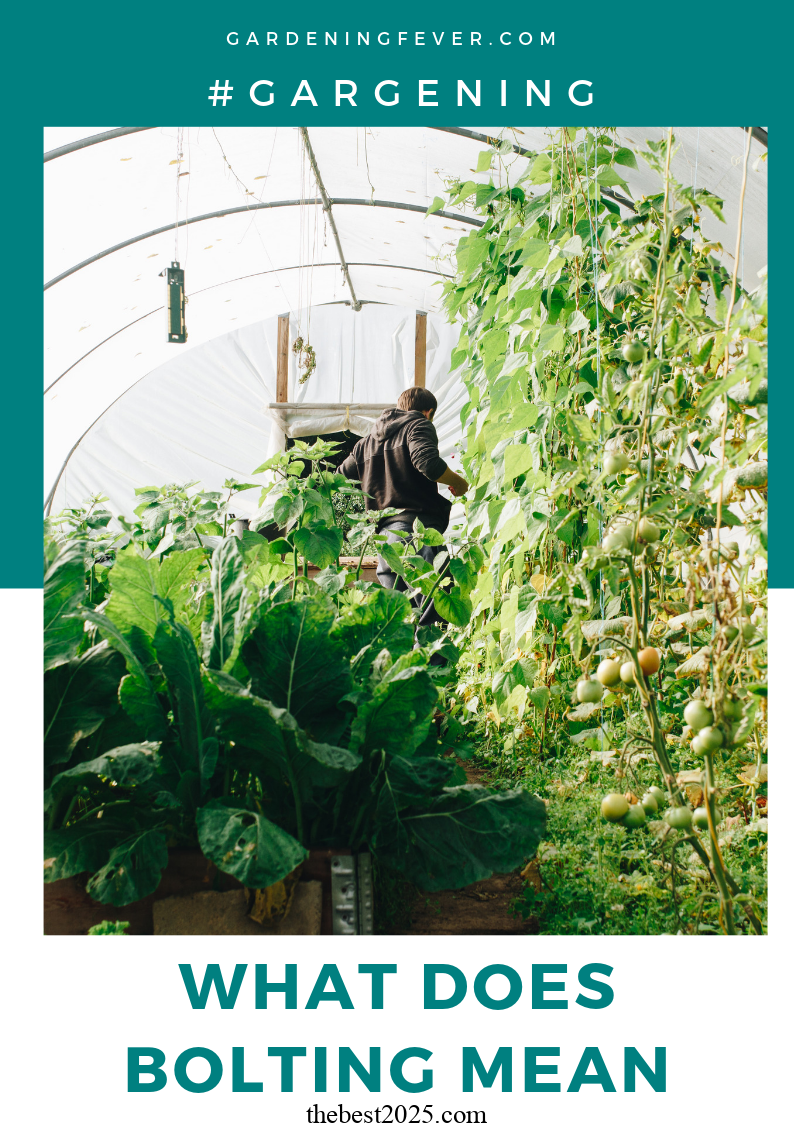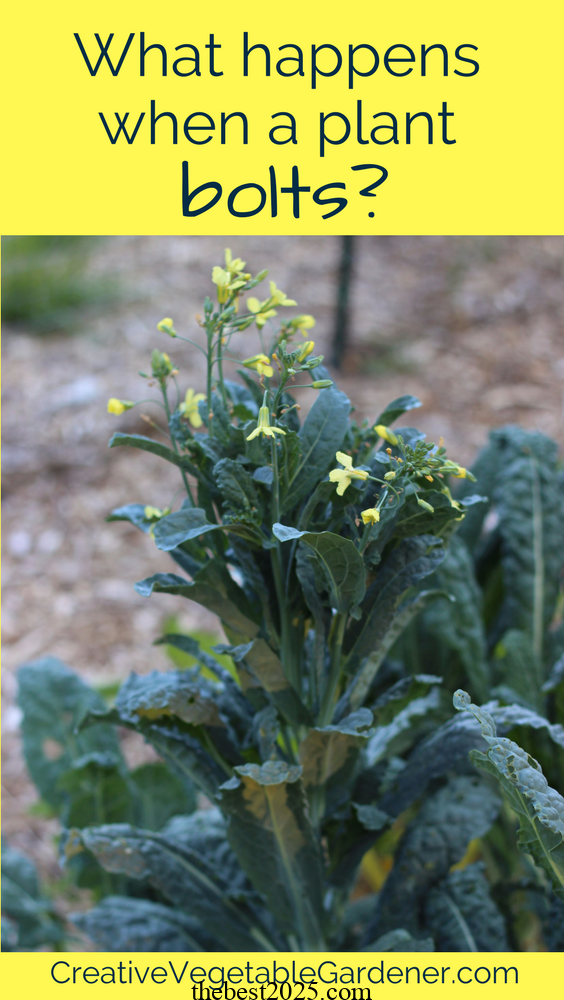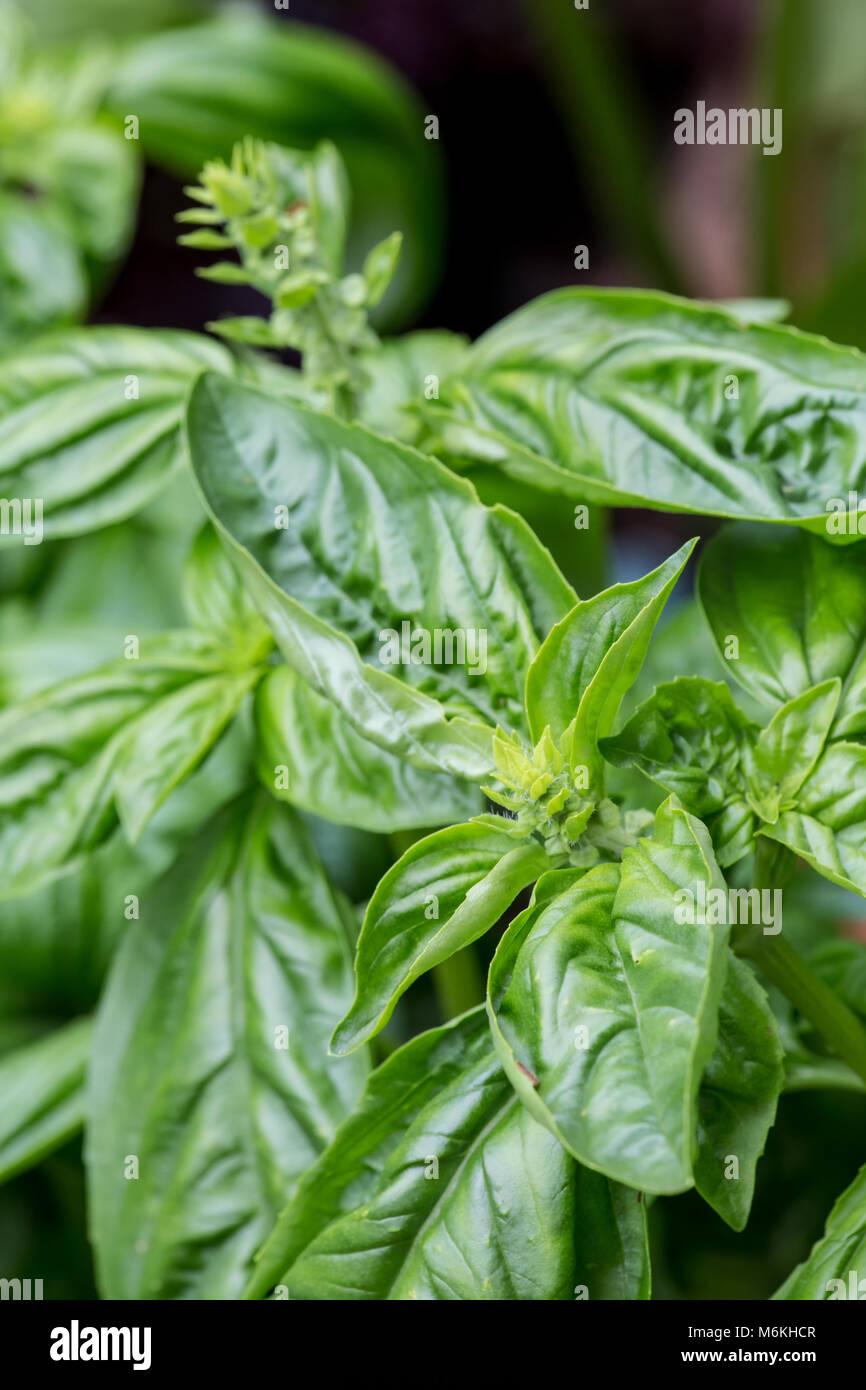Understanding Bolting in Vegetables and Herbs
When it comes to cultivating vegetables and herbs, understanding the term “bolting” is crucial. Bolting is a natural process that many plants go through, and it can have a significant impact on the quality and flavor of the produce. In this comprehensive guide, we will delve into what bolting means, why it happens, and how you can prevent or manage it in your garden.
What Is Bolting?

Bolting is a term used in horticulture to describe the premature flowering and seeding of a plant, particularly vegetables and herbs. This phenomenon occurs when a plant redirects its energy from producing leaves and edible parts to the development of flowers and seeds. Bolting is often considered undesirable for several reasons:
- Loss of Flavor: When a plant bolts, it typically becomes bitter and less flavorful. This is especially problematic for vegetables and herbs that are grown for their taste, such as basil or lettuce.
- Reduction in Yield: Bolting can significantly reduce the yield of your crop since the energy that should have gone into producing edible parts is now directed towards reproduction.
- End of the Plant’s Life Cycle: Once a plant bolts, it is a sign that the plant is at the end of its life cycle. The quality of the produce deteriorates rapidly.
Why Do Plants Bolt?

Understanding the reasons behind bolting is essential for preventing or managing this phenomenon effectively. Several factors can trigger bolting in plants:
- Temperature: Temperature plays a significant role in bolting. Many plants are sensitive to temperature changes, and when they experience a sudden increase in temperature, they may initiate the bolting process. Conversely, certain cool-season crops may bolt when exposed to prolonged cold temperatures.
- Day Length: The number of daylight hours a plant receives can also trigger bolting. Some plants are classified as long-day or short-day plants, meaning they require specific day lengths to flower and produce seeds. If the day length deviates from their requirements, bolting may occur.
- Plant Variety: Different plant varieties have varying susceptibility to bolting. Some are more resistant, while others are more prone. It’s essential to choose the right variety for your growing conditions.
- Stress: Any form of stress, such as inadequate watering, nutrient deficiencies, or physical damage, can push a plant to bolt. Healthy, well-cared-for plants are less likely to bolt prematurely.
Managing Bolting in Your Garden

Now that you understand what bolting is and why it happens, let’s explore ways to manage and prevent bolting in your vegetable and herb garden:
- Plant at the Right Time: Pay attention to the recommended planting times for each crop. Planting too early or too late can expose your plants to unfavorable temperature conditions, leading to bolting.
- Select Resistant Varieties: Research and choose plant varieties that are known for their resistance to bolting. These varieties are better suited to withstand temperature fluctuations and day length variations.
- Temperature Control: In areas with extreme temperature fluctuations, consider using shade cloth or row covers to regulate temperature and protect your plants from sudden heat spikes.
- Proper Nutrition: Ensure your plants receive the right nutrients by using well-balanced fertilizers. Adequate nutrition helps to reduce plant stress and the likelihood of bolting.
- Regular Watering: Consistent and sufficient watering is crucial. Drought stress can trigger bolting, so monitor your plants’ water needs closely.
- Harvest Promptly: Harvest your vegetables and herbs at the right time to prevent them from reaching the bolting stage. Regular harvesting can also encourage plants to continue producing edible parts.
Frequently Asked Questions (FAQ)

Q1: Can bolting be reversed once it starts?
A1: Unfortunately, bolting is a one-way process that cannot be reversed. Once a plant starts bolting, the focus shifts from producing edible parts to flowering and seed production.
Q2: Which vegetables and herbs are most prone to bolting?
A2: Some common plants that are prone to bolting include lettuce, spinach, cilantro, and basil. However, the susceptibility to bolting can vary depending on the specific variety and growing conditions.
Q3: How can I extend the harvest of plants that are prone to bolting?
A3: To extend the harvest of plants like lettuce or spinach, consider planting them in the cooler months or providing shade during hot spells. Additionally, select bolt-resistant varieties if available.
Q4: Can I still use bolted herbs and vegetables?
A4: While the taste of bolted plants may be less appealing, they are still safe to eat. However, the bitterness and texture changes may not be desirable, so it’s best to harvest them before bolting occurs.
In conclusion, understanding the concept of bolting is essential for anyone involved in vegetable and herb gardening. By knowing why it happens and how to manage it, you can ensure a bountiful and flavorful harvest. Preventing bolting and selecting the right plant varieties can make a significant difference in the success of your garden.
tag
- chicken feed
- how to Keep Chickens Off Your Porch
- How to grow oyster mushrooms at home
- Growing Kale in Pots


0 Comments